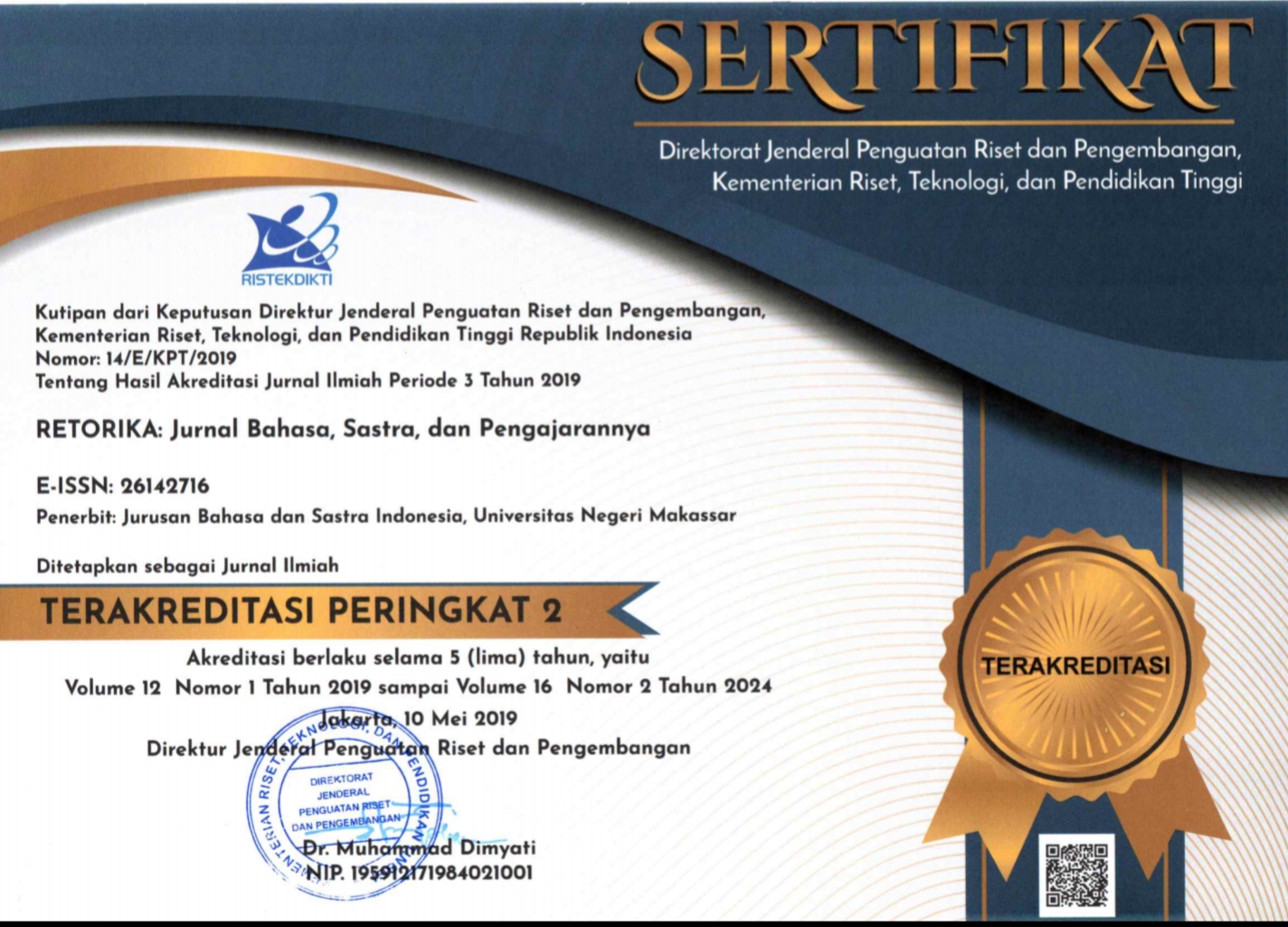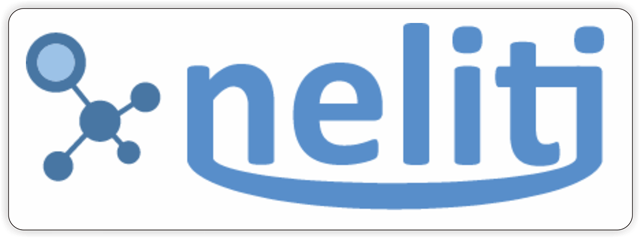FLIPPED CLASSROOM LEARNING INNOVATION AND CRITICAL THINKING ABILITY OF STUDENTS ON ARGUMENTATION WRITING SKILLS
(1) Universitas PGRI Madiun
(*) Corresponding Author
DOI: https://doi.org/10.26858/retorika.v13i1.10558
Abstract
The purpose of this study is to explain and determine the effect of the Classroom flipped model and the ability of students to think critically. This research is a type of quantitative research using an ex post facto approach with a descriptive correlation design. The research population is fifth-grade students with a total of 25 students. Sampling is done by the saturated sample technique, which uses all members of the population as a sample. Data collection uses the questionnaire and documentation method. In analyzing the data using statistical methods with the product-moment correlation formula and two predictor regression. The results of the study provide information 1) There is an influence of the flipped classroom learning model on the ability to write arguments (r count = 0.745> r table = 0.396). 2) There is an influence of critical thinking ability on the ability to write arguments (r count = 0.608> r table = 0.396). 3) There is a simultaneous influence between the Classroom flipped learning the model and the ability to think critically and the ability to write arguments (Freg = 26.4> Ftable = 3.44).
Keywords
Full Text:
PDFReferences
Bergman J., A. S. (2012). Flip Your Classroom: Reach Every Students in Every Class Every Day. United States: The International Society.
Boa, E. A., Wattanatorn, A., & Tagong, K. (2018). The development and validation of the Blended Socratic Method of Teaching (BSMT): An instructional model to enhance critical thinking skills of undergraduate business students. Kasetsart Journal of Social Sciences, 39(1), 81–89. https://doi.org/10.1016/j.kjss.2018.01.001
Djaali. (2008). Psikologi Pendidikan. Jakarta: Bumi Aksara.
Ismail, N. S., Harun, J., Zakaria, M. A. Z. M., & Salleh, S. M. (2018). The effect of Mobile problem-based learning application DicScience PBL on students’ critical thinking. Thinking Skills and Creativity, 28, 177–195. https://doi.org/10.1016/j.tsc.2018.04.002
Kemendikbud. (2016). Peringkat Capaian PISA Indonesia Mengalami Peningkatan. Retrieved from https://www.kemdikbud.go.id/main/blog/2016/12/peringkat-dan-capaian-pisa-indonesia-mengalami-peningkatan
Kulikovskaya, I. E., & Andrienko, A. A. (2016). Fairy-tales for Modern Gifted Preschoolers: Developing Creativity, Moral Values and Coherent World Outlook. Procedia - Social and Behavioral Sciences, 233(May), 53–57. https://doi.org/10.1016/j.sbspro.2016.10.129
Lai, C. L., & Hwang, G. J. (2016). A self-regulated flipped classroom approach to improving students’ learning performance in a mathematics course. Computers and Education, 100, 126–140. https://doi.org/10.1016/j.compedu.2016.05.006
Murillo-Zamorano, L. R., López Sánchez, J. Á., & Godoy-Caballero, A. L. (2019). How the flipped classroom affects knowledge, skills, and engagement in higher education: Effects on students’ satisfaction. Computers and Education, 141(October 2018). https://doi.org/10.1016/j.compedu.2019.103608
Otto, D., Caeiro, S., Nicolau, P., Disterheft, A., Teixeira, A., Becker, S., … Sander, K. (2019). Can MOOCs empower people to critically think about climate change? A learning outcome based comparison of two MOOCs. Journal of Cleaner Production, 222, 12–21. https://doi.org/10.1016/j.jclepro.2019.02.190
Piaget, J. (1932). The moral judgment of the child. London: Rouledge & Kegan Paul.Ltd.
Pujiono. (2012). Berpikir Kritis dalam Literas Membaca dan Menulis untuk Memperkuat Jati Diri Bangsa. Prosiding PIBSI XXXIV.
Siregar, S. (2014). Metode Penelitian Kuantitatif: Dilengkapi Perbandingan Perhitungan Manual & SPSS, Edisi Pertama. Jakarta: Kencana.
Sugiyono. (2015). Metode Penelitian (Pendekatan Kuantitaif, Kualitatuf, dan R&D). Bandung: CV Alfabeta.
Tim BNSP. (2010). Laporan BSNP Tahun 2010. Jakarta: BNSP.
Vong, S. A., & Kaewurai, W. (2017). Instructional model development to enhance critical thinking and critical thinking teaching ability of trainee students at regional teaching training center in Takeo province, Cambodia. Kasetsart Journal of Social Sciences, 38(1), 88–95. https://doi.org/10.1016/j.kjss.2016.05.002
Article Metrics
Abstract view : 682 times | PDF view : 126 timesRefbacks
- There are currently no refbacks.
Copyright (c) 2020 Heny Kusuma Widyaningrum

This work is licensed under a Creative Commons Attribution-NonCommercial 4.0 International License.
Published by:
Department of Indonesian Language, Faculty of Languages and Literature, Universitas Negeri Makassar in cooperate with Asosiasi Dosen Bahasa dan Sastra Indonesia (ADOBSI) and Ikatan Program Studi Pendidikan Bahasa dan Sastra Indonesia (IKAPROBSI).
Address: Department of Indonesian Language Office, DG Building Second Floor, UNM Parangtambung, Daeng Tata Raya Street, Makassar, South Sulawesi, Indonesia
 Email: retorika@unm.ac.id
Email: retorika@unm.ac.id

RETORIKA: Jurnal Bahasa, Sastra,dan Pengajarannya is licensed under a Creative Commons Attribution-NonCommercial 4.0 International License.
















